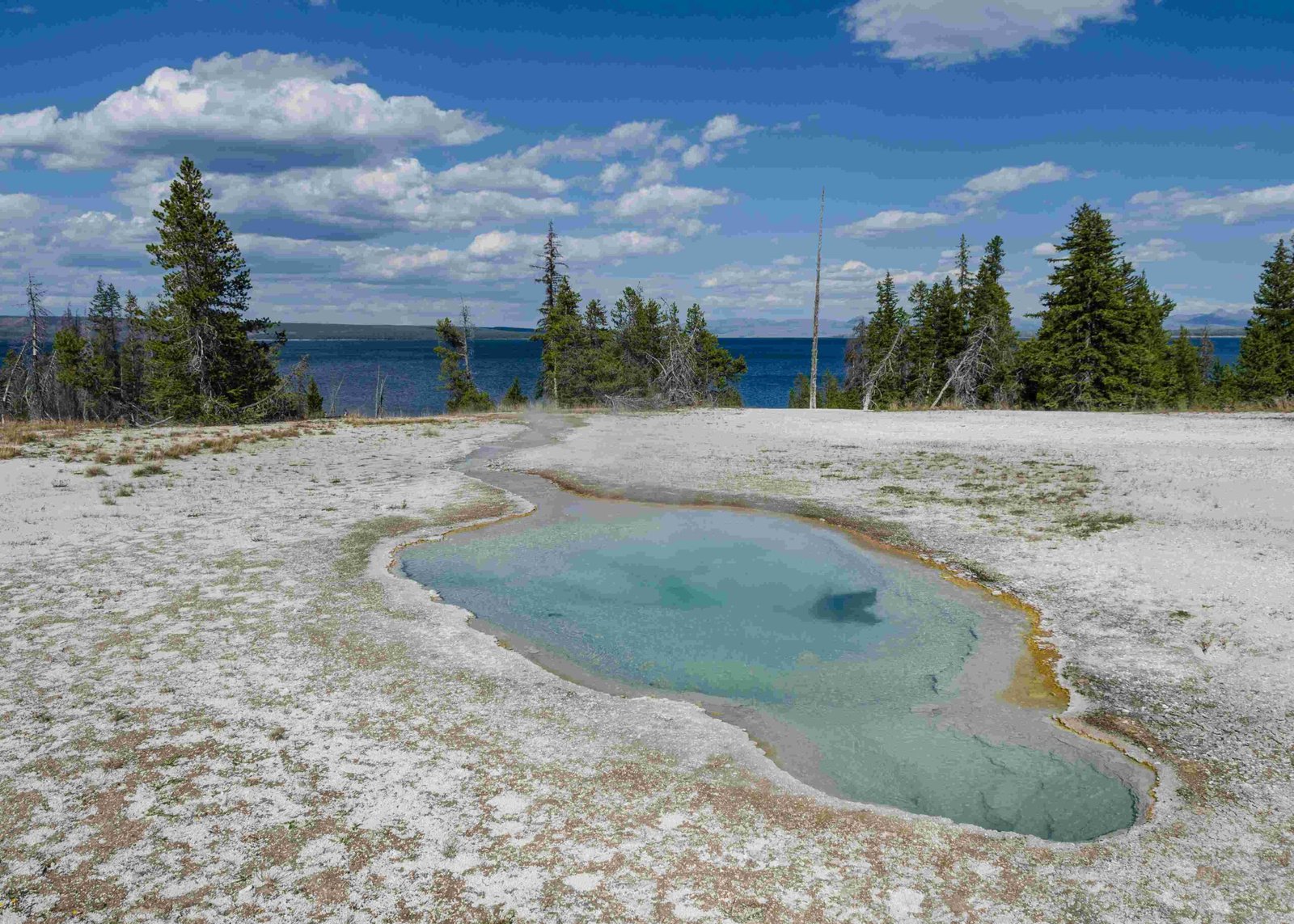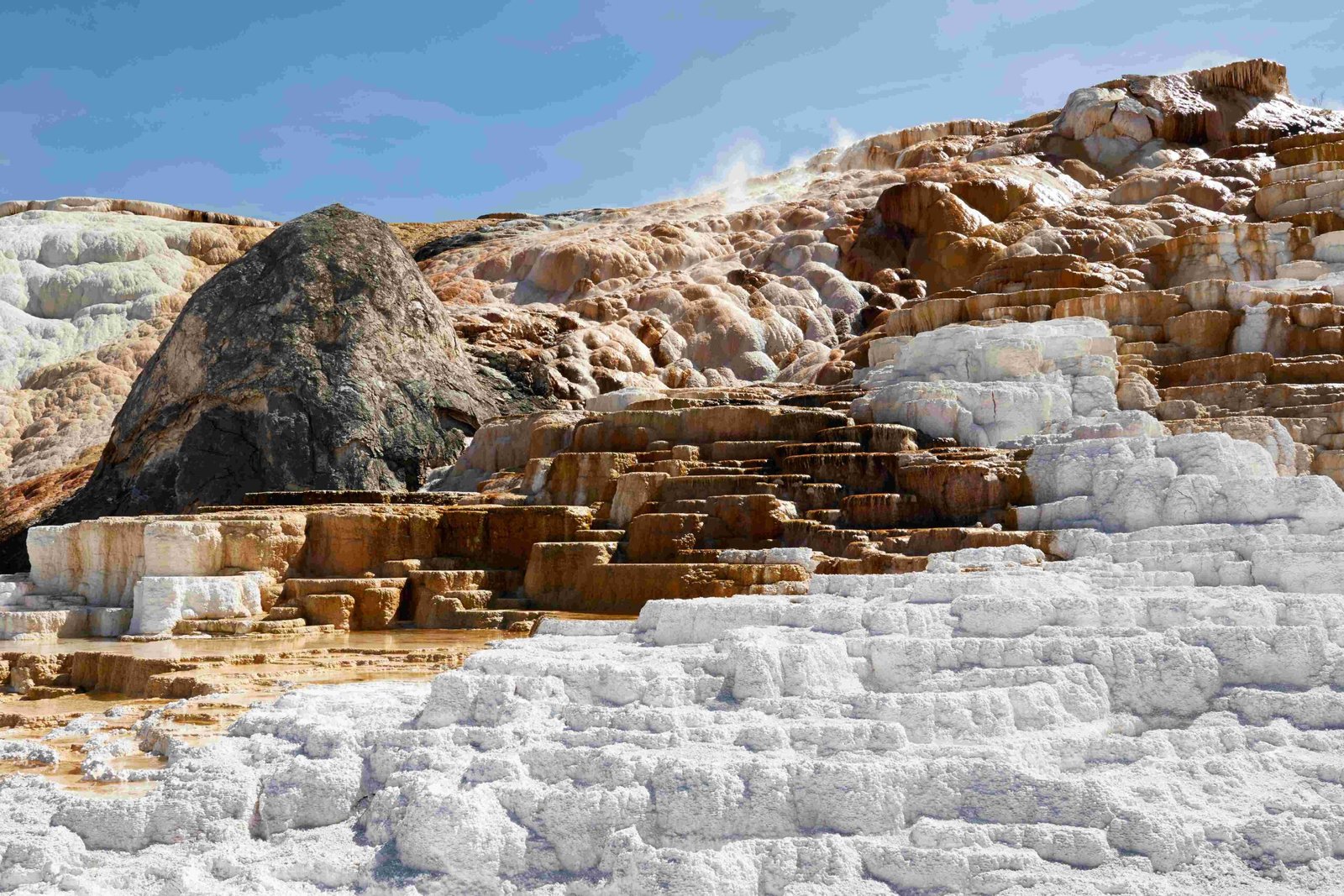Yellowstone National Park, home to a supervolcano, experiences frequent seismic activity. While most earthquakes are small and unnoticed, the potential for a major eruption exists. The park’s volcanic system is closely monitored by scientists using advanced technology. This article provides crucial information on current seismic activity, alert systems, and safety measures in place for visitors. Understanding these aspects is vital for anyone concerned about the Yellowstone supervolcano’s status and potential risks.
What is the Current Seismic Activity in Yellowstone National Park?

Yellowstone National Park experiences a significant number of earthquakes annually. The University of Utah seismograph stations typically detect between 1,500 to 2,000 earthquakes in the Yellowstone region each year. Most of these seismic events are minor, with magnitudes less than 3.0, and go unnoticed by park visitors and residents.
Earthquake Frequency Table
| Magnitude Range | Average Annual Frequency |
|---|---|
| < 3.0 | 1,400 – 1,900 |
| 3.0 – 4.0 | 20 – 80 |
| > 4.0 | 0 – 3 |
When Do Authorities Issue Supervolcano Alerts?

Alerts for the Yellowstone supervolcano are not issued for minor seismic events. Significant activity that could trigger an alert includes:
- Earthquakes with magnitudes of 4.5 or higher
- Hundreds to thousands of earthquakes occurring daily
- Substantial ground deformation
- Changes in geyser activity
- Alterations in geothermal gas emissions
It’s important to note that these indicators alone do not necessarily signify an imminent eruption. The U.S. Geological Survey (USGS) and National Park Service closely monitor these activities and would issue alerts based on a combination of significant changes across multiple indicators.
How Often Has the Yellowstone Supervolcano Erupted in the Past?
The Yellowstone supervolcano has a long and complex eruptive history:
- Three major caldera-forming eruptions in the last 2.1 million years
- Most recent major eruption: 640,000 years ago (ejected 1,000 km³ of material)
- Numerous smaller eruptions and hydrothermal explosions since then
- Youngest rhyolite lava flow: 70,000 years ago
This historical data helps scientists understand the volcano’s behavior and potential future activity.
What Emergency Protocols Are in Place for a Supervolcano Event?
In the event of increased seismic or volcanic activity, Yellowstone National Park has established emergency response measures:
- Regular updates through the Yellowstone Volcano Observatory (YVO) website, social media, and SMS alerts
- Visitor information dissemination via park signage, ranger stations, and public announcements
- Potential closure of certain park areas to ensure visitor safety
- Clearly marked emergency facilities and evacuation routes
- Trained park rangers and emergency personnel ready to respond quickly
These protocols are designed to ensure the safety of visitors and staff in the event of a volcanic emergency.
How Do Scientists Monitor the Yellowstone Supervolcano?
The Yellowstone Seismic Network, operated by the University of Utah Seismograph Stations, employs a variety of monitoring systems:
- Seismometers: Detect and measure ground vibrations
- GPS instruments: Track ground deformation
- Gas monitors: Analyze changes in geothermal gas emissions
- InSAR (Interferometric Synthetic Aperture Radar): Provides detailed ground deformation data
These sensors are strategically placed throughout the park to provide comprehensive coverage of the volcanic system. Data is collected in real-time, with seismic information updated continuously on public webicorders.
What Should Visitors Do During Heightened Earthquake Activity?
During periods of increased seismic activity, visitors should:
- Stay informed by checking the official park website and social media accounts
- Follow instructions from park rangers and emergency personnel
- Be aware of emergency facilities locations, including first aid and ranger stations
- Avoid areas deemed unsafe due to ground deformation or increased geyser activity
- Know evacuation routes and be prepared to leave quickly if necessary
For visitors with mobility challenges, the park offers accessibility features, but it’s crucial to follow specific instructions from park rangers during emergencies.
Are There Warning Signs of an Impending Supervolcano Eruption?
While predicting volcanic eruptions is challenging, scientists look for several warning signs:
- Increased earthquake activity, especially larger magnitude events
- Significant ground deformation
- Changes in geyser and hot spring activity
- Alterations in gas emissions
- Unusual animal behavior
However, it’s important to note that these signs don’t guarantee an eruption. The USGS and National Park Service continuously monitor these indicators and would provide public alerts if a significant threat were detected.
How Can Visitors Stay Updated on Yellowstone’s Volcanic Activity?
To stay informed about Yellowstone’s volcanic activity:
- Check the Yellowstone Volcano Observatory (YVO) website regularly
- Follow official Yellowstone National Park social media accounts
- Sign up for SMS alerts from the park service
- Listen for announcements and check information boards within the park
- Attend ranger-led programs that often include updates on park conditions
By staying informed, visitors can enjoy their time in Yellowstone while being prepared for any potential seismic or volcanic events.

